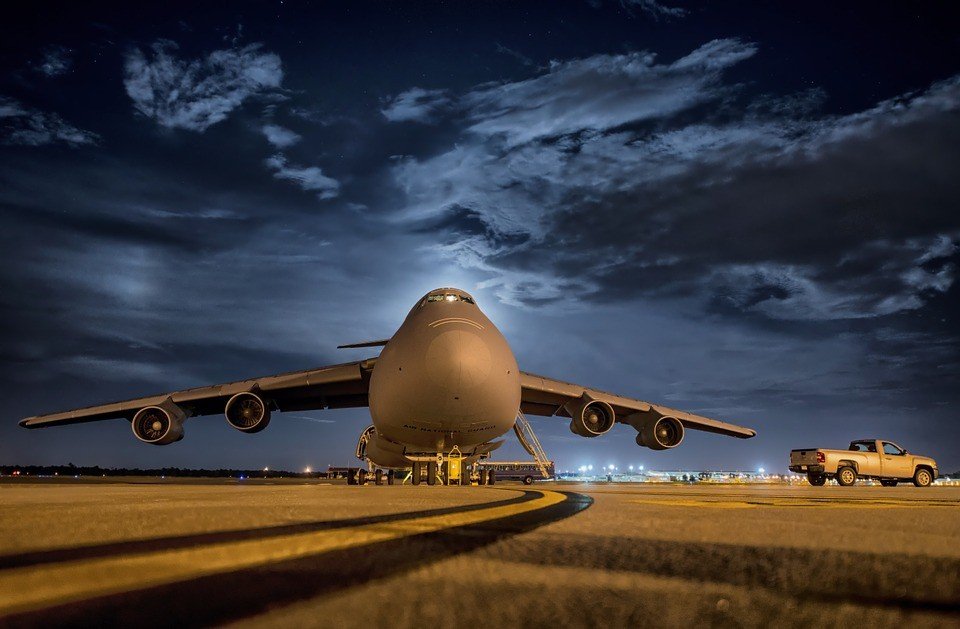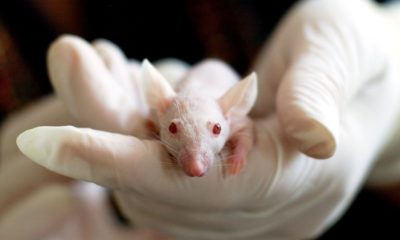Business
New “spaceplane” in the works by DARPA, Boeing
DARPA and Boeing are working on the Phantom Express—a reusable spaceplane that will house and transport small satellites into low orbit around the Earth.

A new, experimental spaceplane is being developed by aircraft maker Boeing and the U.S. Defense Advanced Research Projects Agency (DARPA). The aim is to design and build a low-orbit spacecraft for the Experimental Spaceplane (XS-1) program.
Ever since NASA ended its space shuttle program in 2011, there has been no existing space vehicle capable of going into Earth’s orbit to launch satellites and other equipment. The final missions of the NASA space shuttles included assembling the International Space Station but they were destined never to fly again after that.
Increasing costs, risks (tragically illustrated by the Shuttle Columbia disaster), and changing priorities of the US space program were among the reasons why no replacement space vehicle was developed immediately after 2011.

DARPA partners with Boeing to create the Phantom Express (Source)
However, with the XS-1 program, Boeing and DARPA are committed to building what’s being called the Phantom Express. It’s meant to be an autonomous, reusable spaceplane that will carry and deploy small satellites into low orbit around the Earth. Boeing and DARPA are investing jointly for this project.
The Phantom Express will be designed to fly to the edge of space above the Earth, where it will then deploy a second stage vehicle. This second stage craft will be the one to launch the satellite (estimated to weigh about 1, 361 kilograms) into orbit. Similar to the space shuttle, Phantom Express will then return to Earth and land via a runway.
New materials, fuel, and engine technologies are expected to make Phantom Express an even better vehicle than the space shuttle. As Darryl Davis, president of Boeing Phantom Works, mentioned in a media release, the spaceplane will have a “new, on-demand space-launch capability that can be achieved more affordably and with less risk.”
Phantom Express will be a reusable space vehicle that will use the Aerojet Rocketdyne AR-22 engine. It will be powered by liquid oxygen and liquid hydrogen fuel. Boeing and DARPA envision having ten test flights over ten days once the spaceplane is completed.

-

 Impact Investing1 week ago
Impact Investing1 week agoGlobal Energy Shift: Record $2.2 Trillion Invested in Green Transition in 2024
-

 Crowdfunding5 days ago
Crowdfunding5 days agoDolci Palmisano Issues Its First Minibond of the F&P “Rolling Short term” Program
-

 Markets2 weeks ago
Markets2 weeks agoShockwaves of War: U.S. Strikes Iran, Markets Teeter, Global Risks Rise
-

 Fintech1 day ago
Fintech1 day agoRipple Targets Banking License to Boost RLUSD Stablecoin Amid U.S. Regulatory Shift

























You must be logged in to post a comment Login